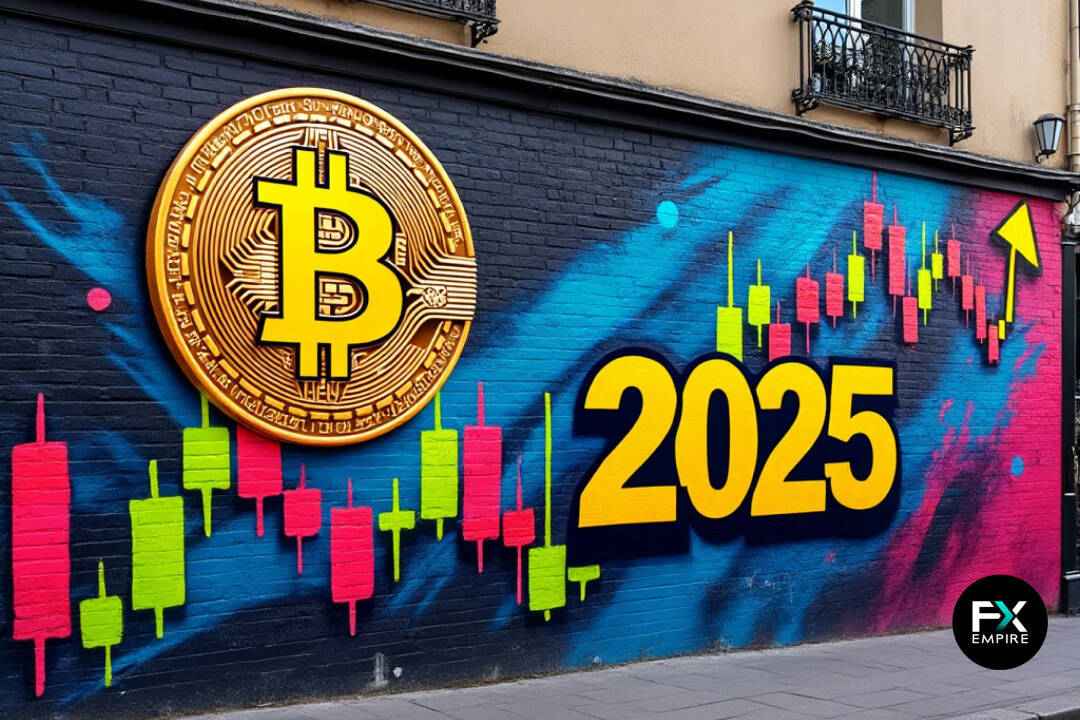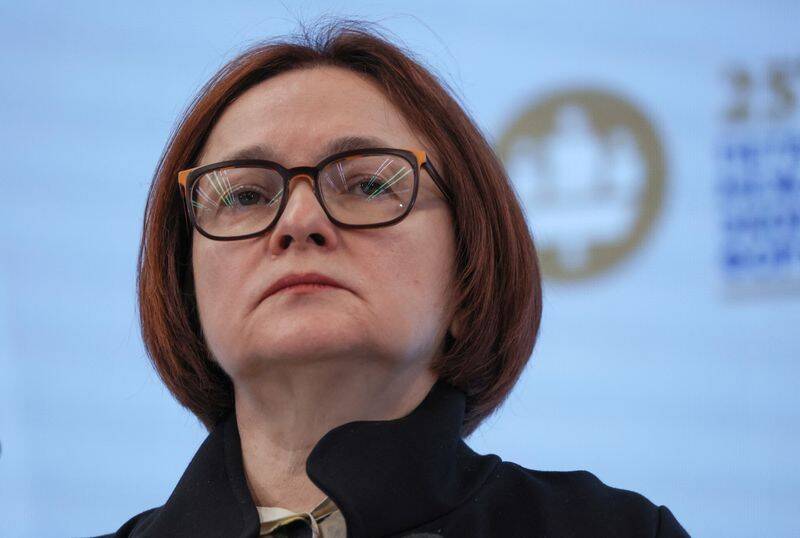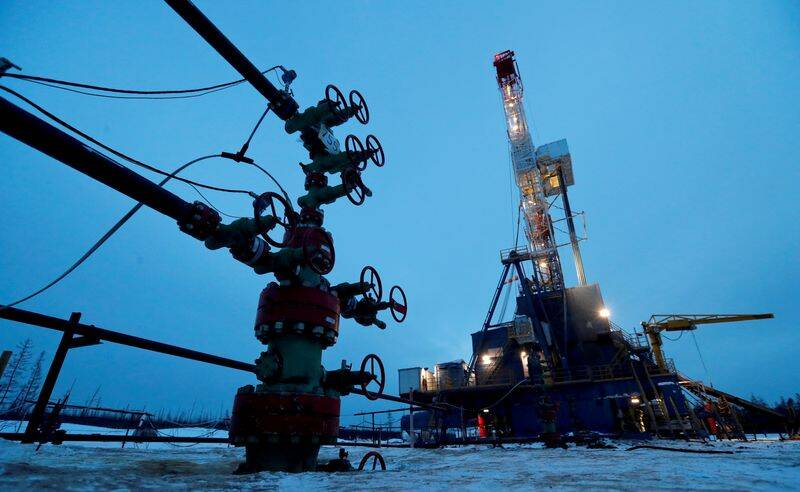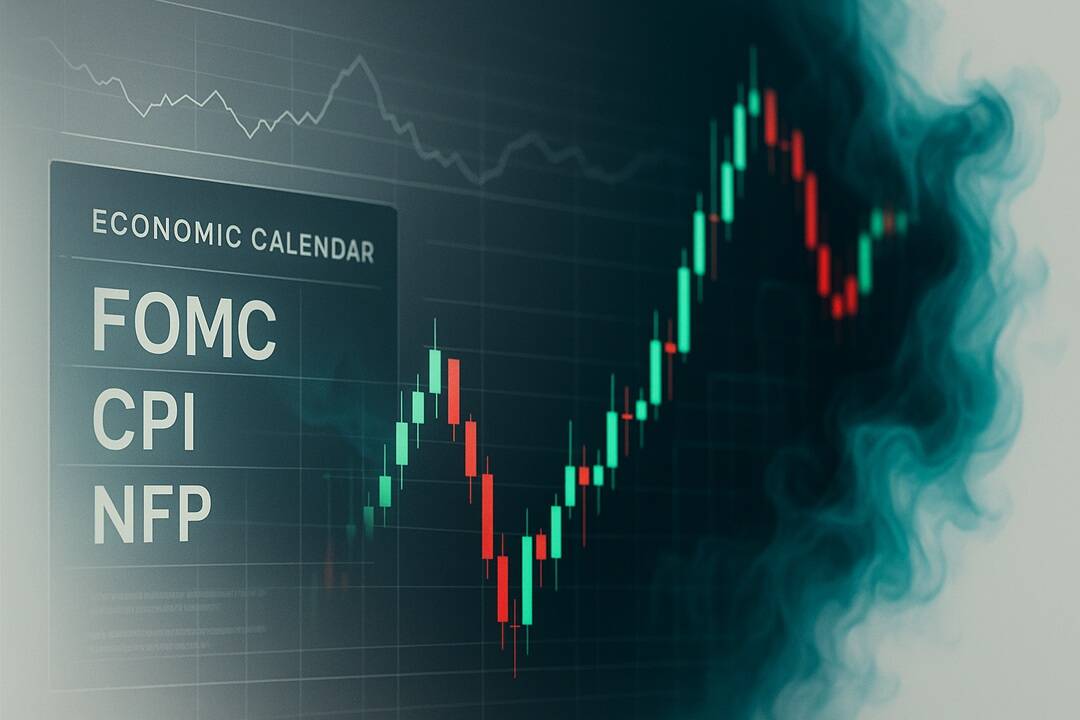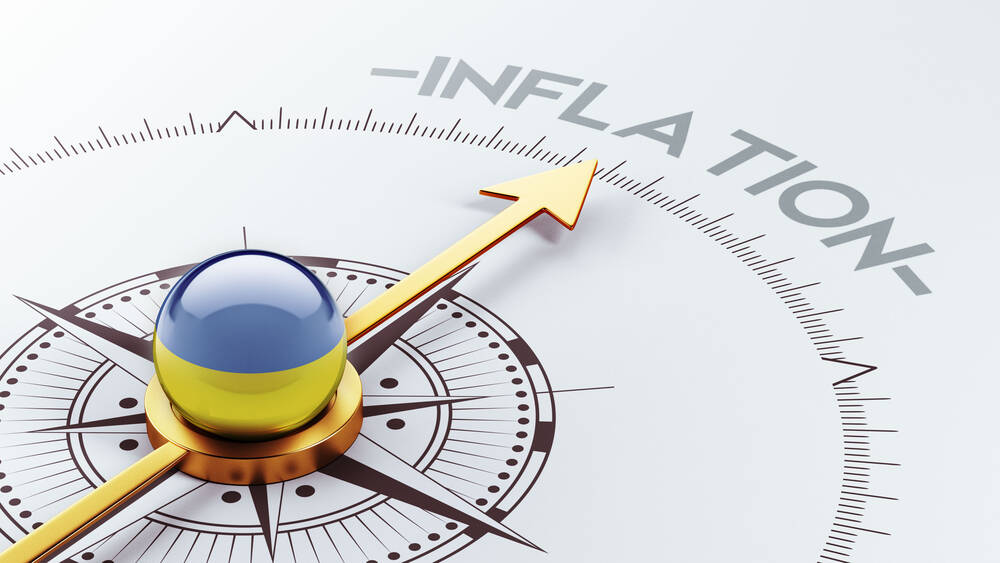Advertisement
Advertisement
Search Indicator:
Choose Country 
Euro Area Labour Costs
Last Release
Sep 30, 2025
Actual
115.8
Units In
Points
Previous
112.1
Frequency
Quarterly
Next Release
N/A
Time to Release
N/A
Highest | Lowest | Average | Date Range | Source |
119.2 Jun 2022 | 83.4 Mar 2009 | 100.86 Points | 2009-2025 | Eurostat |
The Labour Cost Index in the Euro Area is a short-term indicator showing the development of hourly labour costs incurred by employers, in nominal terms, that is without adjusting for price developments. It is calculated dividing the labour cost in national currency by the number of hours worked. The quarterly changes in hourly employers’ costs are measured for total labour costs and its main components: wages and salaries; and non-wage costs (labour costs other than wages and salaries). Total labour costs (TOT) cover wage and non-wage costs less subsidies. They do not include vocational training costs or other expenditures such as recruitment costs, spending on working clothes, etc.
Latest Updates
Hourly labor costs in the Euro Area rose by 3.5% year-on-year in Q3 2025, following a 3.6% increase in the prior period, according to preliminary estimates. The wage component increased by 3.4%, down from 3.7% previously, while the non-wage component rose by 3.5%, after a 3.6% advance in Q2.
Euro Area Labour Costs History
Last 12 readings
